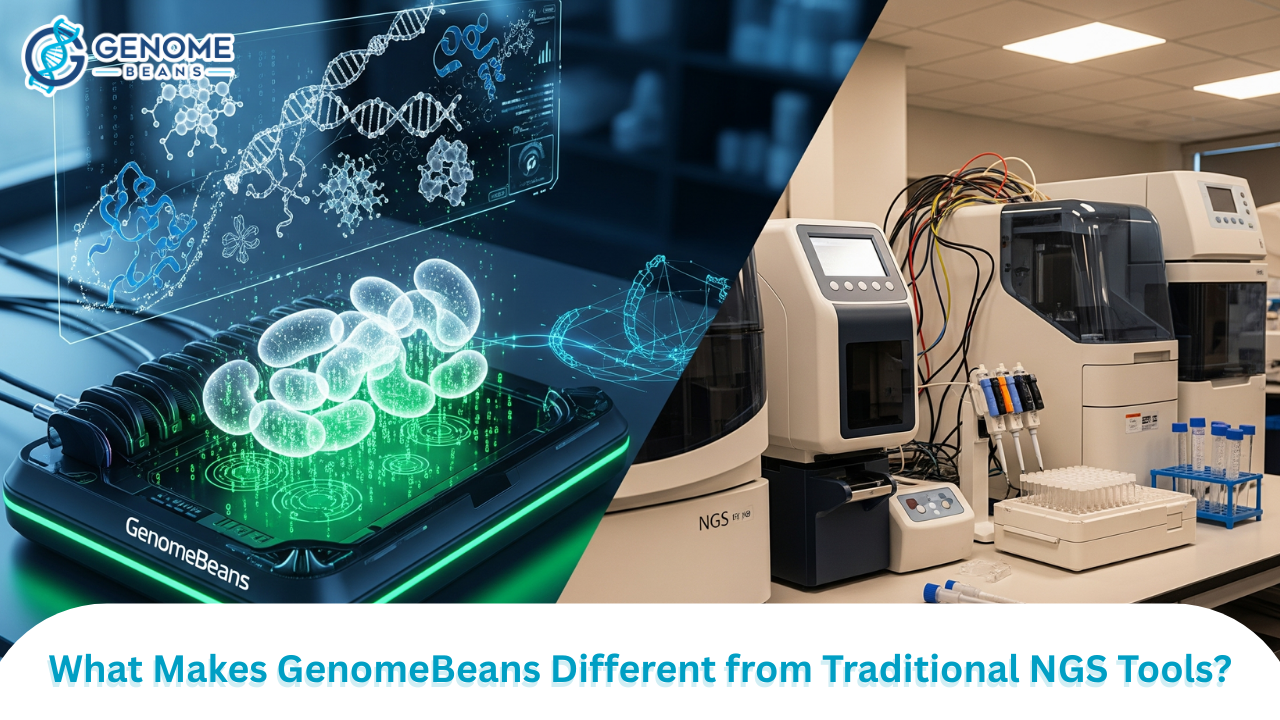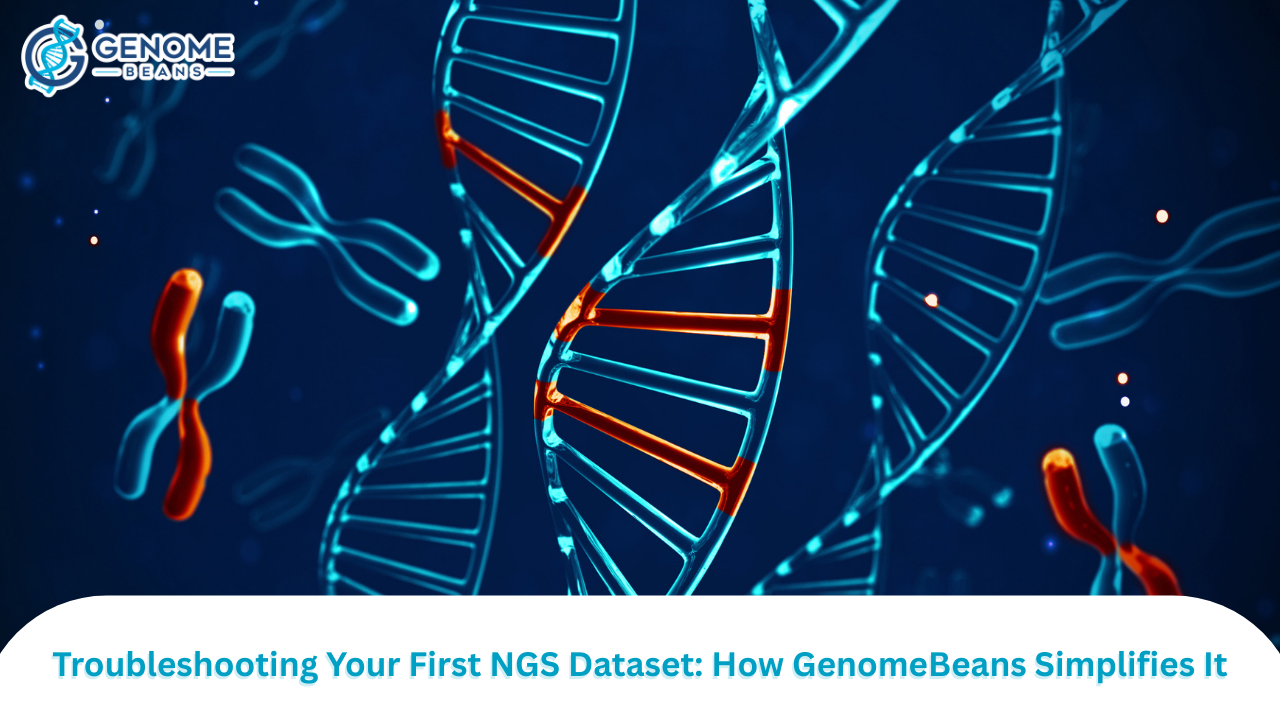Variant Calling Demystified: From Data Challenges to Reliable Results
Key Takeaways
- Variant calling identifies differences between DNA sequences and a reference genome.
- Common challenges include sequencing errors, misaligned reads, and uneven coverage.
- A structured pipeline—QC, alignment, detection, and filtering—improves accuracy.
- SNP calling, indel calling, and structural variant detection are central to the process.
- Reliable variant analysis connects raw data to meaningful biological insights.

What Is Variant Calling?
Variant calling is the process of finding genome variants by comparing DNA sequencing data to a reference genome. These differences include SNPs (single nucleotide polymorphisms), small insertions or deletions through indel calling, and larger structural changes. Together, these DNA variants provide insights into biology, disease, and genetic diversity.
Key Challenges in Variant Detection
Working with NGS variants brings several hurdles. Low-quality reads, sequencing errors, and mapping issues often lead to false positives or missed variants. Repetitive genomic regions and technical artefacts from sample preparation add more complexity. Without careful processing, these issues can affect the reliability of results.
Steps in a Variant Pipeline
A reliable variant pipeline follows four main steps:
- Quality control – filtering poor-quality reads.
- Accurate alignment – mapping reads to the reference genome.
- Variant detection – identifying SNPs, indels, and structural variants.
- Variant analysis – filtering noise and interpreting biological relevance.
From Detection to Interpretation
Once variants are identified, the next step is understanding their meaning. Do they affect protein function? Are they found in known databases? This stage of variant analysis is critical for connecting raw data with biological and clinical insights.
Conclusion
Variant calling transforms sequencing data into meaningful knowledge. By following a structured pipeline and addressing common challenges, researchers can achieve accurate and reproducible results that support deeper biological understanding.







